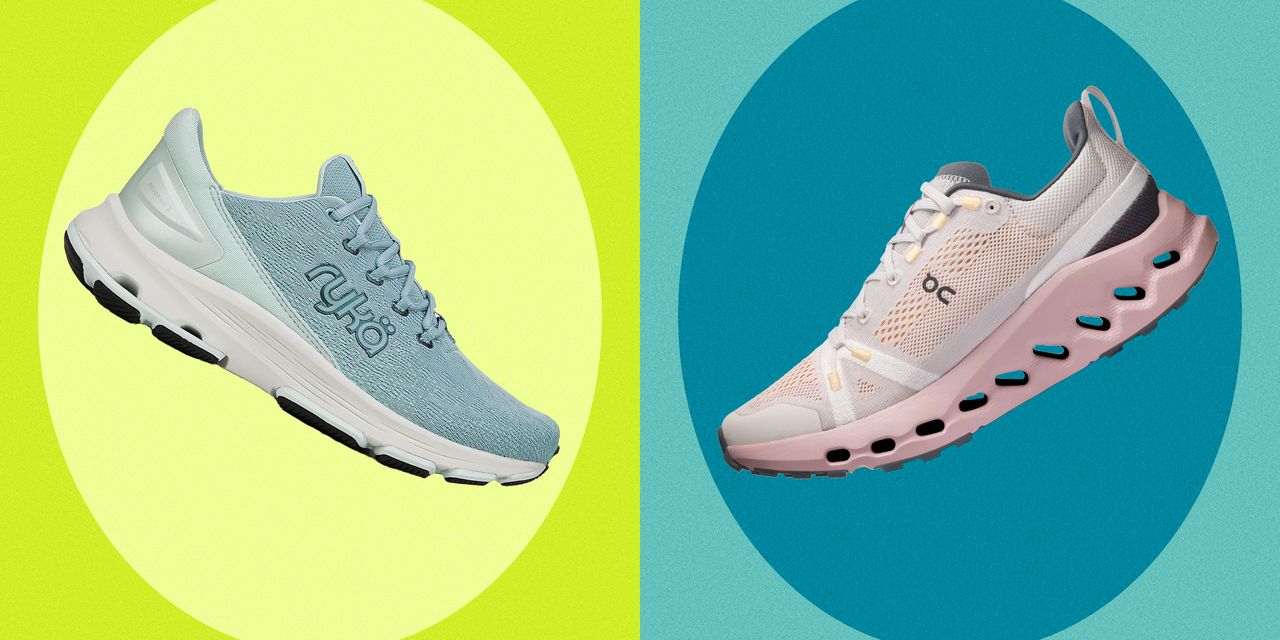Blog
A physical therapist says he had persistent lower back pain for two years, until he discovered this one exercise

Physical therapist Sanjit Kooner knows all about persistent back pain—he suffered with it for years.
Despite having lots of experience helping other people manage their injuries, he couldn’t solve the issue. He even went to see massage therapists and other physical therapists, but nothing helped.
That was until he discovered a move called the reverse Jefferson curl, which he describes as a game-changer.
The reverse Jefferson curl
This move stretches and strengthens the muscles in the back.
“I found this movement late into my own rehab process after two years of persistent low back pain,” says Kooner.
“It wasn’t a magic fix, but once I introduced it consistently—two to three times per week—I started noticing real improvements over a couple of months. It became a key part of the bigger picture that helped me recover.”
This move is particularly great for pain related to “tissue obstruction [after injury], segmental stiffness, or lack of posterior chain control”, according to Kooner.
Form tips
Kooner demonstrates the move in his Instagram reel above, but it’s important to do it with correct form to avoid injury, so we asked him for some extra tips.
“For beginners, I recommend starting against a wall with your hands supporting your hips from behind,” he advises.
“Focus on segmental spinal control first—no weight, slow tempo, and small range,” Kooner adds.
“Once comfortable, you can add resistance gradually,” he says. “I used only 3lbs in a backpack, and I wouldn’t suggest going above 10–15lbs, even at more advanced stages.”
Complete up to 10 repetitions, four to six times per day.
Why the reverse Jefferson curl is so great for combating back pain
“The spine is designed to move and bear load in all directions,” says Kooner.
Moving your back muscles in different directions is key to improving mobility, flexibility and dealing with stiffness.
“This exercise helps improve spinal flexion strength and control, which are often neglected in rehab and training programs,” says Kooner.
Don’t try this exercise if your pain is severe or you have a specific injury. Consult a doctor before trying it and don’t continue with the exercise if it hurts.












